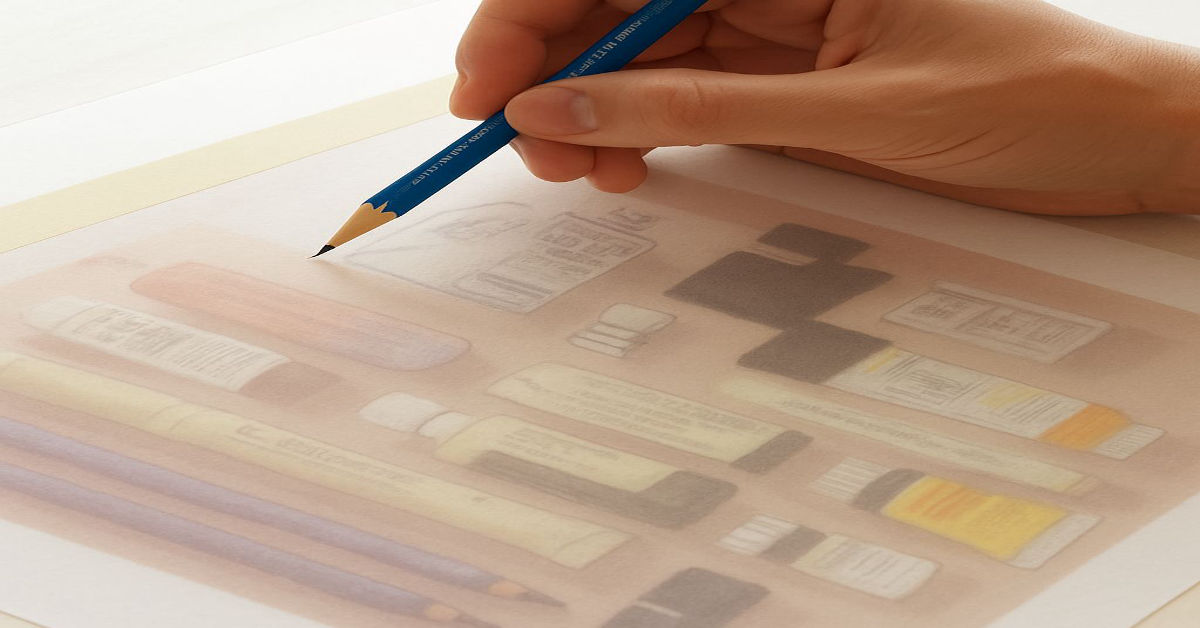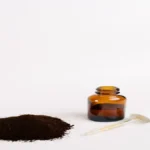Tracing paper has long been a cornerstone in artistic and technical drawing. Traditionally, it helped artists and designers copy images precisely. Today, it has evolved. With advancements in technology particularly in augmented reality and AI, tracing paper now includes digital solutions that merge creativity with innovation. Whether you’re a beginner, professional artist, or designer, understanding how tracing paper tracing paper works in both physical and digital formats is essential in today’s creative world.
What is Tracing Paper?
Tracing paper is a translucent sheet that allows users to see underlying images or text. This property makes it ideal for duplicating or refining artwork and technical diagrams. Though commonly associated with art and design, its uses now span education, fashion, architecture, and even tattoo artistry.
The Traditional Role of Tracing Paper
For decades, tracing paper served as a practical tool for artists, architects, engineers, and students. It enabled the reproduction of designs without redrawing them from scratch. By placing tracing paper over an existing image, the lines beneath could be followed with ease, helping to improve precision and accuracy.
Why It Was a Game-Changer
- Encouraged consistency in artwork
- Allowed for easy corrections and iterations
- Played a crucial role in manual drafting before digital design tools became prevalent
Materials and Manufacturing of Traditional Tracing Paper
Traditional tracing paper is made by modifying the fiber structure of regular paper. Here’s how:
- Chemical Processing: Paper is treated with sulfuric acid or other chemicals to partially dissolve and gelatinize the cellulose, creating transparency.
- Mechanical Treatment: High compression or calendering reduces air gaps in the paper, making it more translucent.
- Fiber Refinement: Wood fibers are broken down to create a smoother, thinner surface ideal for tracing.
This treatment results in a lightweight, translucent paper that’s easy to handle and write on.
Key Uses of Traditional Tracing Paper
Traditional tracing pape’r remains relevant in multiple disciplines. Some common uses include:
- Art and Illustration: Copying and refining sketches
- Architecture and Engineering: Creating overlays for floor plans and technical designs
- Fashion Design: Tracing garment patterns
- Tattoo Artistry: Designing and transferring tattoo outlines
- Education: Helping students learn shapes and handwriting
The Rise of Digital Tracing Paper
As digital tools gained popularity, a new version of tracing emerged—augmented reality-based digital tracing pape’r. Unlike its physical counterpart, this method doesn’t involve translucent sheets. Instead, it leverages your smartphone or tablet camera to project images onto a surface in real-time.
How AR Tracing Apps Work
Modern tracing apps are intuitive and easy to use. Here’s how most of them function:
- Image Selection: Users upload or choose an image.
- Image Adjustment: The app fine-tunes brightness, contrast, and transparency for clarity.
- Camera Projection: The device’s camera is used to display the image onto a paper or surface.
- Manual Tracing: The user traces the projection using a pencil, pen, or stylus.
This method is especially helpful for beginners and hobbyists, providing a guided drawing experience with fewer materials.
AI in Tracing: The New Era of Image Generation
One of the biggest breakthroughs in digital tracing is the integration of artificial intelligence. AI-powered apps can generate images from text descriptions, creating endless possibilities for tracing and creative exploration.
How It Works:
- The user inputs a text prompt describing an image.
- The app generates a visual based on that input.
- The generated image can be traced using the AR projection method.
This significantly expands the range of available reference images, enabling creativity without limits.
Benefits of Digital Tracing Tools
Digital tracing pape’r offers several advantages over traditional methods:
- Enhanced Accessibility: Users don’t need physical paper or copies.
- Environmentally Friendly: Reduces paper waste and promotes sustainable practices.
- Portability: All you need is your phone or tablet.
- Versatility: Works on various surfaces—paper, walls, canvas, even fabric.
- Learning Aid: Helpful for learning proportions, anatomy, and other complex subjects.
Applications Across Different Industries
The uses of both traditional and digital tracing pape’r extend far beyond drawing. Here are some industry-specific examples:
| Industry | Traditional Use | Digital Use with AR and AI |
| Art & Illustration | Sketching and refining artwork | Tracing digital AI-generated sketches |
| Fashion Design | Pattern tracing | Designing on digital surfaces |
| Architecture | Overlays for floor plans | Tracing blueprints using AR projection |
| Education | Teaching shapes and handwriting | Interactive tracing with guided apps |
| Tattoo Artistry | Stencil creation | Designing tattoos with AI-generated templates |
Traditional vs Digital Tracing Paper
| Feature | Traditional Tracing Paper | Digital Tracing Paper (AR) |
| Material | Translucent cellulose paper | Smartphone/tablet application |
| Tools Required | Paper, pencil, lightbox (optional) | Device camera, tripod or stand |
| Portability | Medium | High |
| Reusability | Limited | Unlimited |
| Environmental Impact | Paper waste | Eco-friendly |
| Customization | Manual drawing or copies | AI-generated images |
| Skill Level Required | Intermediate to expert | Beginner-friendly |
Tips for Using Both Types Effectively
Whether using traditional or digital tracing methods, here are some expert tips:
- Use high-quality tools: Sharp pencils and smooth paper enhance results.
- Maintain good lighting: Especially crucial for traditional tracing.
- Try a phone stand: It stabilizes your device during AR projection.
- Practice regularly: Tracing improves muscle memory and hand control.
- Use layers: If working digitally, layering makes refining easier.
Sustainability and Environmental Impact
With increasing awareness of sustainability, digital tracing options are gaining popularity. Unlike traditional methods that rely on paper, digital tools offer an eco-conscious alternative. Using reusable devices for tracing minimizes pape’r consumption, which aligns with global efforts to reduce deforestation and waste.
Real-World Examples and Use Cases
- Art Students: Using AR apps to trace anatomy sketches for biology classes.
- Fashion Designers: Digitally designing patterns with precise alignment and proportions.
- Tattoo Artists: Creating AI-based tattoo designs that are traced directly onto skin-safe paper.
- Children’s Learning Centers: Using apps to help kids trace alphabets and basic shapes.
- Interior Designers: Projecting design elements directly onto surfaces before painting.
Conclusion and Final Thoughts
The world of tracing paper tracing paper has expanded far beyond its original scope. What once was limited to thin translucent sheets is now a powerful fusion of tradition and technology. From manual drawings to AI-generated projections, tracing continues to be a valuable tool for creativity and learning.
Whether you prefer the feel of pape’r or the convenience of a mobile app, tracing has something to offer everyone. As digital tools become more accessible, blending both methods may lead to even richer artistic experiences.
Explore both traditional and digital tracing methods. Try them out, mix them up, and find what works best for your creative flow. The tools are ready—now it’s your turn to trace your next masterpiece.
Frequently Asked Questions (FAQ)
What is tracing pape’r used for?
Tracing pape’r is used to copy or refine existing images, patterns, and designs. It’s widely used in art, fashion, architecture, and education.
How do digital tracing apps work?
They use a camera to project an image onto a surface. Users trace the visible image manually, often guided by adjustable settings like transparency and contrast.
Can I create my own images for tracing?
Yes, especially with AI-powered apps. You can input a text prompt, and the app will generate an image based on your description.
Are digital tracing methods suitable for beginners?
Absolutely. They provide a helpful framework for learning and improving drawing skills without the frustration of starting from scratch.
Is traditional tracing pape’r still relevant?
Yes, particularly in industries and settings where digital devices may not be practical. It’s still favored for its simplicity and tactile feedback.







